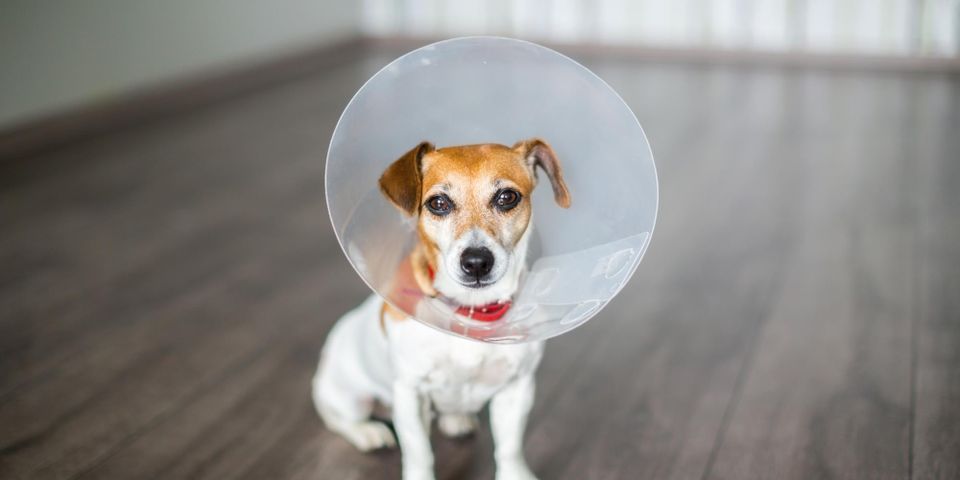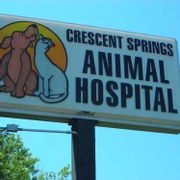4 FAQ About Getting Your Pet Spayed or Neutered

Your furry friend is an important part of your family, and you will do anything to keep them happy and healthy. For domestic cats and dogs, spaying and neutering is an essential part of this. In addition to talking to your veterinarian about this procedure, you can reference this guide to learn the basics of spaying and neutering your pet.
What to Know About Getting Your Pet Spayed or Neutered
1. Why should I have my pet spayed or neutered?
 By spaying and neutering domestic pets, veterinarians can prevent these animals from reproducing. This reduces overpopulation and limits the number of strays in your community. According to the ASPCA, there are a number of additional benefits as well. Spaying a female pet can prevent tumors and uterine infections. In male pets, neutering can prevent prostate issues and testicular cancer. This will help your animals live longer and keep your vet bills down.
By spaying and neutering domestic pets, veterinarians can prevent these animals from reproducing. This reduces overpopulation and limits the number of strays in your community. According to the ASPCA, there are a number of additional benefits as well. Spaying a female pet can prevent tumors and uterine infections. In male pets, neutering can prevent prostate issues and testicular cancer. This will help your animals live longer and keep your vet bills down.
2. When is the best time to spay or neuter a pet?
Most veterinarians recommend that dogs get spayed or neutered when they are between six and nine months old. Healthy puppies can also undergo this procedure from eight weeks of age and on. There is no age limit on spaying and neutering, so be sure to talk to your vet if you adopt an older dog that has not been fixed.
Cat owners can have their kittens spayed or neutered as young as eight weeks old, and most veterinarians will recommend scheduling this operation before the cat reaches five months.
3. Will my pet's behavior change after they are fixed?
While you may not see an immediate change in your puppy or kitten’s behavior following this procedure, spaying or neutering can prevent certain behaviors into adulthood. For example, spayed females won’t go into heat, which can cause them to urinate more often and yowl. Male dogs will be less likely to wander away from your home to find a mate. Both dogs and cats may be less likely to urinate in your house. However, it’s important to remember that spaying and neutering are not guaranteed to change your animal’s behavior completely, so it is always best to work with a behavioral professional as well.
4. What is the recovery process like?
When you pick up your pet from surgery, the veterinarian will give you specific aftercare instructions. The ASPCA recommends keeping your pet in a quiet area of the home away from your other pets. It’s important to keep their e-collar on for as long as the vet recommends, avoid giving your pet a bath, and monitor the incision site. Your vet will also advise you to keep your pet from jumping or engaging in excess activity after surgery.
For spaying, neutering, wellness checkups, and other types of animal care, you can trust Crescent Springs Animal Hospital. Located in Crescent Springs, Kentucky, these trained veterinarians have the knowledge and equipment it takes to keep your pets healthy. This team of professionals offers behavioral counseling, microchipping, dental care, and other services to tend to your pet’s specific needs. For more information on their services, visit their website or call (859) 331-6608 today.
About the Business
Have a question? Ask the experts!
Send your question

